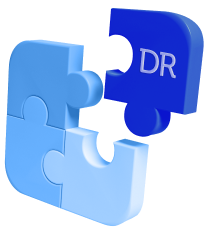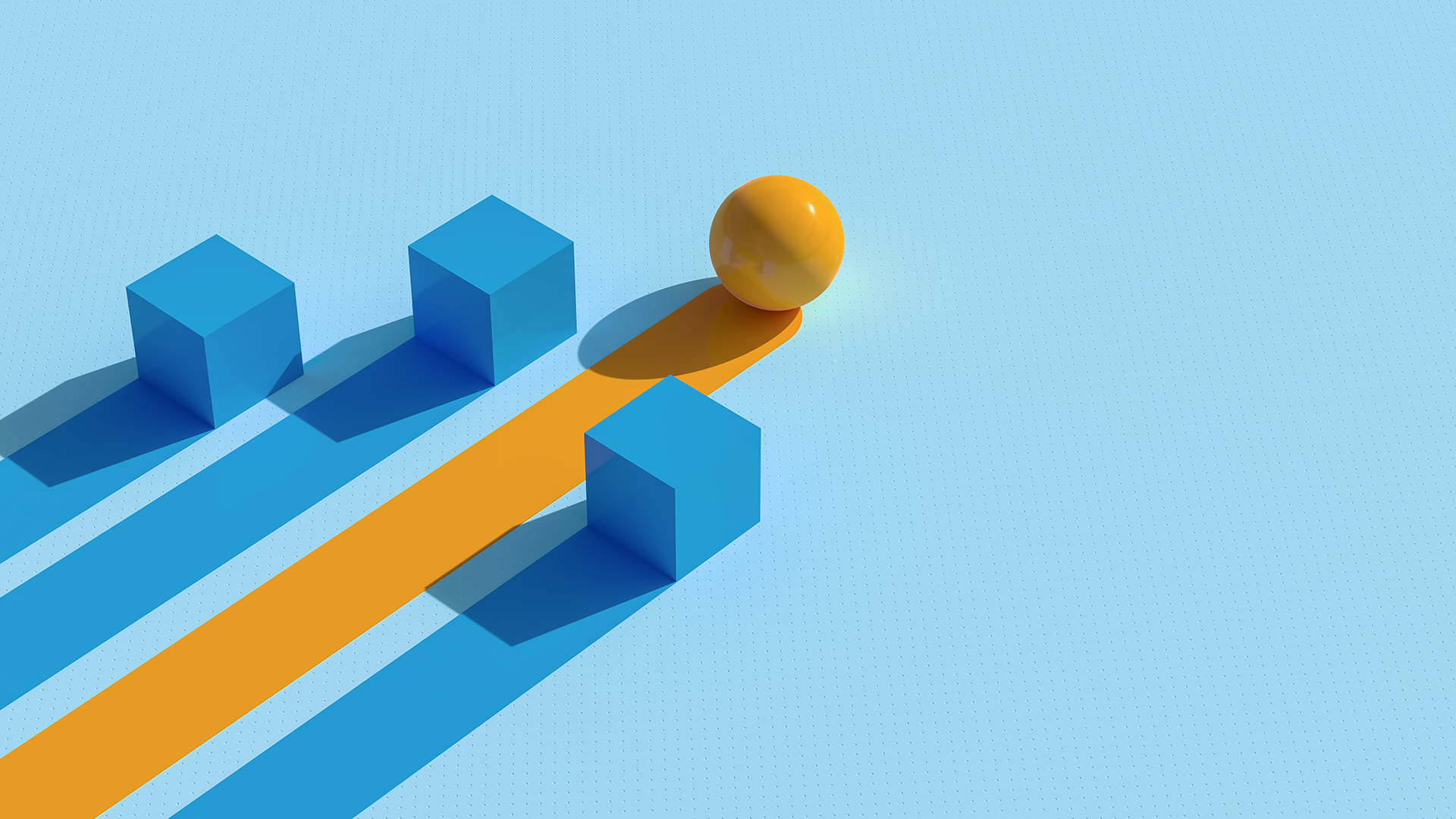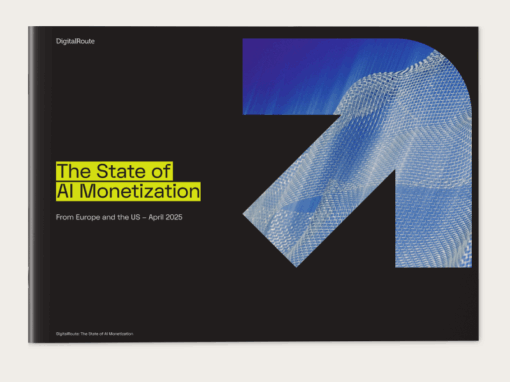Introduction
Given the sheer complexity of enterprise operations today, the quote-to-cash process in most businesses spans multiple disparate legacy systems (both cloud-based and on-premise) across different business lines – none of which talk to each other. This silence is causing errors, leading to missed revenue opportunities and less-informed decisions. It’s a common scenario due to past acquisitions or the use of various services and technology providers over time. Siloed systems hinder growth and efficiency.
We pay a lot for our billing platform. It should be able to keep up with everything, right?
Off-the-shelf billing platforms, whose expertise is in billing (d-uh), weren’t built for enriching data for usage-based revenue. They were built for simple billing tasks for businesses that offer one-off sales, perpetual licenses, and flat fee subscriptions. Don’t get me wrong. They are still indispensable as they need to generate the final invoices for your customers and partners, but they don’t often communicate with other systems where, if a fluid “conversation” were to take place between them, it would unlock the entire value chain of usage data.
So no, don’t chuck out your billing platform now. As long as you let your billing platform stay a billing platform and not let it bite more than it can chew, it will serve its purpose well. Though all the valuable data that it’s unable to chew just falls as crumbs on the floor and eventually is swept away. You don’t want that. Those little crumbs? They could either be revenue that’s leaking or insights that could improve user experiences or some data that identifies customer entitlements, so you can offer upsells and alternatives, for example.
So make sure that you have a more modern, fit-for-purpose, and up-to-scale integration system that can orchestrate all of it and feed your different systems (including your billing system) the right data they require to do their jobs optimally.
But the challenges extend beyond the billing process, as legacy systems struggle to cope with the exponential usage data growth, thus hindering scalability. Traditional finance-led IT stacks are simply unable to support the granularity demanded by modern consumption-based services.

So it’s not just about how much the customers owe us?
Usage data is a treasure trove of insights on your users. Ever heard of the 5Ws—the who, what, when, where, and why? I wanna throw in a “how” in here as well, which is like a combination of what, when, and where.
Anyways, usage data, when collected, cleaned up, and aggregated correctly at a granular level, can be enriched and transformed into a wealth of (i.e. monetized) information about your users.
But why do I need to be so granular, you ask? Well, let’s break down the 5W + H, shall we?
WHO
“Who” refers to specific users or groups who interact with your offerings. This knowledge enables you to create targeted marketing campaigns, tailored offerings, and ultimately forging stronger connections with your user base. The “who” could also be your partner organizations. You also wanna make sure that they get their fair piece of the pie as well.
WHAT
The “what” can be specific features and functionalities of your offerings. Being able to identify which part(s) of your products are the most or least accessed helps in optimizing the products themselves and streamlining your offerings for clutter-free user experiences.
WHEN
“When” refers to, well, when and how often your customers interact with your offerings. If real-time insights on peak usage periods are fed into your CRM (customer relationship management) or CDP (customer data platform), for example, it’ll allow for timely interventions to upsell or deploy workflows before they churn.
WHERE
The “where” dimension of usage data doesn’t just refer to geographic locations of customers anymore. In can also refer to all the different channels and platforms through which customers are engaging with your offerings. So “where” covers all the different specific touchpoints in your customers’ omnichannel journeys, and by tapping into that information, you can activate communications or features specific to their devices, channels, physical locations, etc.
WHY
“Why” covers the underlying motivations that drive your users’ behavior and seeks to answer questions like “Why do they prefer x feature over y?” or “Why did they stream music from x genre this whole month?” While a combination of the other dimensions will lead to insights on the “why” dimension, capturing the whys is a bit more challenging as it often requires a combination of both quant and qual research to discern any underlying narratives accurately.
HOW
The “how” dimension is all about the manners in which users interact with your offerings. These days, a holistic view of user journeys is crucial. Fragmented, incomprehensive data may result in failing to identify pain points. You’re not just gonna let your users struggle on a feature, for example, and do nothing about it, right?
Where legacy systems really fall short on is managing the complexity of insights as mentioned above, and doing so at a granular, automated, personalized, and real-time way. A combination of a few of the 5Ws + H dimensions could, for example, feed your billing platform the data it needs to accurately charge users only for the services that they have used and are entitled to.
But I like our legacy systems. What could it possibly cost us to keep them around?
$3 trillion per year, according to IBM. And that’s in the US alone. That how much bad data is costing businesses in a year.
Maybe you already know this, so maybe you’ve gathered your IT team and stitched your billing system, analytics, and integration platform together as a way of patching up the problem. Or maybe you even got a small part of your team to develop some homegrown solution on top of your legacy systems. Cool!
So your business grows in an upward trajectory with more products, services, pricing models, partnerships, etc. etc. etc. It all seems fit-for-purpose in the beginning (your team built it, so maybe rightfully so), but when the volumes of data and the complexity of your business scale up, suddenly a bunch of dirty, fragmented data keeps piling in, and both your IT team and the homegrown solutions they built, are now suddenly struggling. Now what?
Retiring legacy mediation and integration systems (and moving them to an intelligent usage data management platform) could lead to a 65% reduction in hardware and operational running costs. That’s according to the Total Economic Forum study that was conducted by Forrester (commissioned by DigitalRoute).
In a nutshell, the study revealed a few cost-saving benefits of retiring legacy solutions, which include:
- Money saved from the licensing and subscription of retired solutions
- Reduced hardware upgrade and replacement costs
- Less time spent resolving operational issues
- Improved control over data workflow from IT teams
- Easier troubleshooting for operations teams
- Enhanced services design capabilities for enterprise architects
Conclusion
The quote-to-cash process in businesses is often hindered by disparate systems that do not communicate with each other and lead to errors, missed revenue opportunities, and less-informed decisions.
Billing platforms, while essential for generating invoices, aren’t designed to unlock the full value of usage data. Retiring legacy systems and adopting more modern ones that are fit-for-purpose in capitalizing the valuable insights of usage data, including the who, what, when, where, why, and how dimensions of insights, will allow businesses to be more in-tune with their products, customers, and business partners.
Bad data is costing businesses trillions of dollars a year. Those that are still keeping their legacy systems around need to level up and consider modernizing their data infrastructure so that it can handle the volumes and complexities of a modern-day business.








